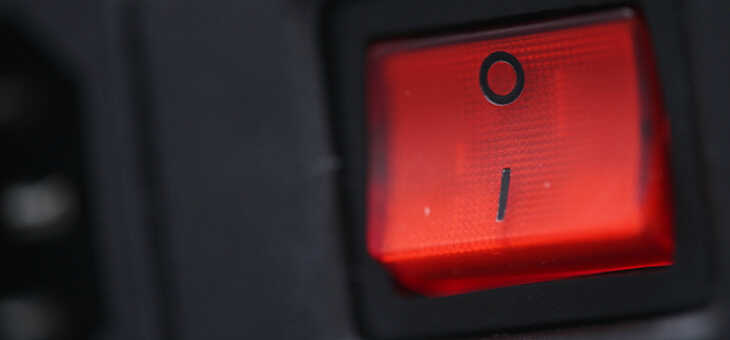You might be surprised to learn that a large portion of your electricity bill goes towards paying for energy usage that you don’t even notice.
Many of your devices these days continue to draw power even when not in use and, while you might not think about it much, any use can add up.
Obviously, you use your fridge and freezer for 24 hours a day, but very few other devices need to be used constantly, yet they continue to draw power unless they are turned off at the power point.
Read: Knowing this energy company trick can help you keep your bills low
This is referred to as standby power and experts from the Lawrence Berkeley Laboratory explain that while one device drawing standby power doesn’t amount to much, all of the devices that you have plugged in and turned on could add up to about 10 per cent of the standard electricity bill.
What is standby power and is it necessary?
Any time equipment or a device is switched off and not performing its primary function it is said to be using standby power.
That power is consumed by power supplies (the black cubes converting AC into DC), the circuits and sensors needed to receive a signal from a remote control and soft keypads and displays with status lights.
Standby power use is also caused by circuits that continue to be energised even when the device is ‘off’.
Read: The great energy bill pricing gap and why you’re missing out
Almost any product with an external power supply, remote control, continuous display (including an LED), or that charges batteries will draw power continuously.
Sometimes there is no obvious sign of continuous power consumption and you need a meter to be certain.
How much standby power do different devices use?
You can usually check how much energy a device uses at energystar.gov, but for a quick guide to the approximate use of each piece of electronic equipment in your house, you should look at this table from the Berkeley Lab.
Read: Five best ways to cut power costs
How can you reduce standby power usage?
The easy one here is if you are not using a device, you should unplug it or turn it off at the point.
This is especially easy if you have TVs in guest bedrooms or DVD players that your rarely use anymore thanks to streaming services.
You can also look at using power strips for where you have a lot of devices clustered, such as computers, printers, monitors chargers, etc, and then you can switch everything off at the power point with one action when you are finished using them.
Before purchasing a new piece of electrical equipment, you can check the ENERGY STAR website mentioned above, which allows you to search for products that have lower standby usage than other comparable products.
Are there appliances that need to use standby power?
Yes. If you want to enjoy some of the functionality of some devices, they will need to continuously draw power.
Devices that use an internal clock or recharge batteries or have a continuous display will need to have constant power usage to keep those functions running and working properly.
It is really up to you to decide whether you need your microwave to display the right time, or whether you can live with the wrong time, or a flashing light while it is in use.
How many items in your home are using standby power? Have you ever tried to limit your standby power usage? Why not share your thoughts in the comments section below?
If you enjoy our content, don’t keep it to yourself. Share our free eNews with your friends and encourage them to sign up.

